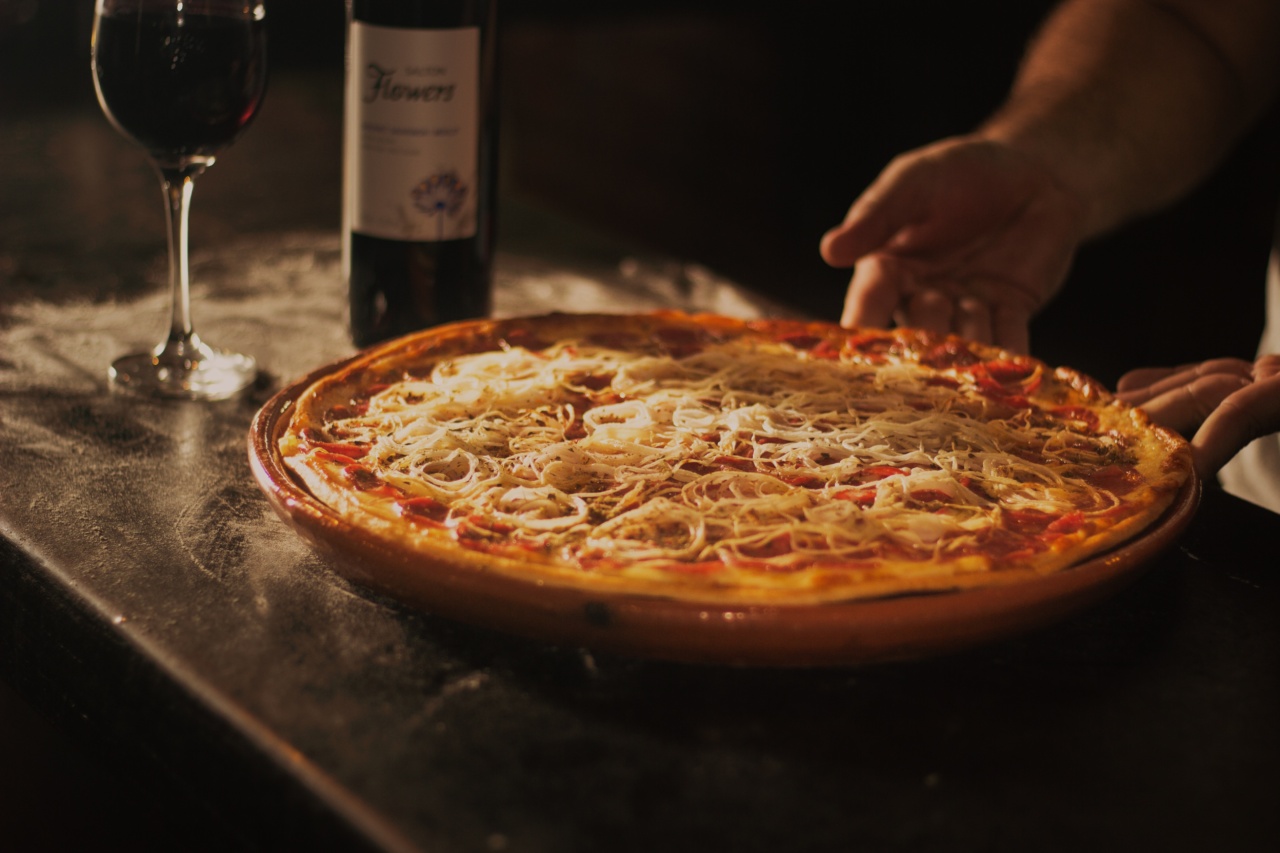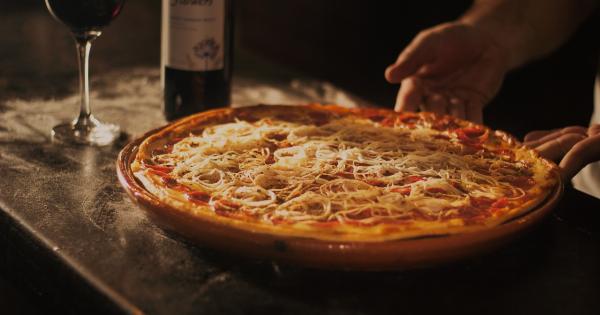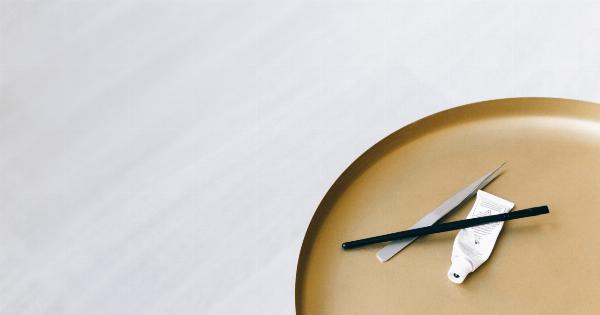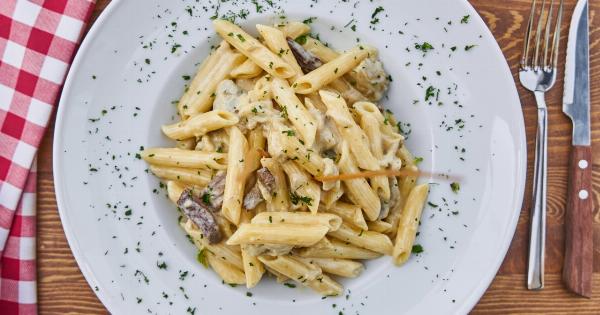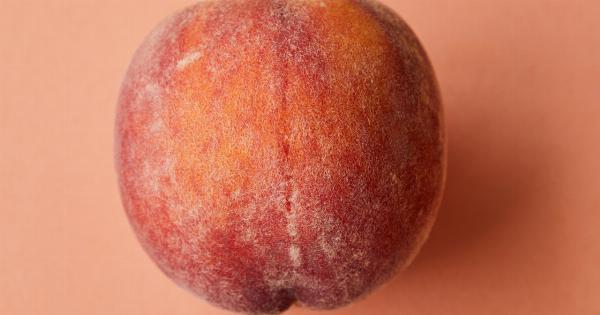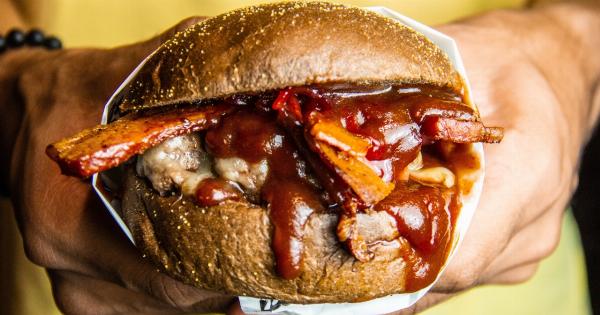When it comes to pairing wine with food, cheese is one of the most popular choices among wine lovers, and for good reason.
The flavors and textures of cheese complement wine perfectly, creating a delightful sensory experience that can be enjoyed alone, with friends, or as part of a wine and cheese party.
Understanding the Basics of Wine and Cheese Pairing
Before we delve deeper into the art of wine and cheese pairing, it’s important to understand the basics. The most important thing to remember is that the wine and cheese should complement each other, creating a balance of flavors and textures.
In other words, a strong cheese should be paired with a full-bodied wine, while a mild cheese should be paired with a light or medium-bodied wine.
Here are some tips to help you get started:.
Pairing Bold Cheeses with Full-Bodied Wines
Strong, flavorful cheeses like blue cheese, cheddar, and gouda pair well with full-bodied wines like Cabernet Sauvignon, Shiraz, and Malbec.
The tannins in these wines help to cut through the richness of the cheese, while the bold flavors complement the cheese’s intensity.
Pairing Mild Cheeses with Light or Medium-Bodied Wines
Mild and creamy cheeses like brie, camembert, and goat cheese pair well with light or medium-bodied wines like Sauvignon Blanc, Chardonnay, or Pinot Noir.
The acidity in these wines helps to balance the creaminess of the cheese, while the light or medium-bodied texture complements the cheese’s subtle flavors.
Pairing Aged Cheeses with Sweet Wines
Aged cheeses like Parmesan, Manchego, and Pecorino pair well with sweet wines like Moscato, Port, or late-harvest Riesling.
The sweetness in these wines helps to balance the saltiness and nuttiness of the cheese, creating a harmonious balance of flavors and textures.
Pairing Soft Cheeses with Sparkling Wines
Soft cheeses like feta, ricotta and cream cheese pair well with sparkling wines like Champagne, Prosecco, or Cava.
The effervescence of these wines helps to cut through the richness of the cheese, while the crisp acidity complements the cheese’s delicate texture and flavors.
Additional Tips for Pairing Wine and Cheese
Here are some additional tips to help you create the perfect wine and cheese pairing:.
- Match the intensity of the cheese with the intensity of the wine.
- Consider the flavor profile of the cheese, including the texture, saltiness, and acidity.
- Experiment with different combinations and find what works best for your palate.
- Don’t be afraid to mix and match different cheeses and wines to create your own unique pairing.
- Pairing wine and cheese is subjective, so trust your instincts and enjoy the experience.
Conclusion
Whether you’re a seasoned wine and cheese connoisseur or a novice, pairing these two culinary delights can be a fun and rewarding experience.
By following the basics of wine and cheese pairing, experimenting with different combinations, and trusting your own palate, you can discover the magic in combining wine and cheese.
